Building passenger car models is among the most rewarding activities for automotive enthusiasts and hobbyists alike since 3D printing has transformed our approach to model-making. The process of creating passenger car models for 3D printing mixes design, engineering, and invention into one hands-on endeavor, whether you’re creating a replica of a classic sedan, a modern hatchback, or a luxury SUV. This all-inclusive book will show you how to design, build, and print passenger automobile models using easily accessible tools and techniques that suit both beginners and seasoned users. We’ll also respond to common inquiries, provide helpful advice, and include links to helpful resources to hasten your modeling route.

Why Create Models of 3D-Printed Passenger Cars?
There are several benefits to constructing your own 3D-printed passenger cars:
- Design any car from scratch or modify existing ones for your own flair.
- Make detailed miniatures for a fraction of the price of a die-cast or resin model.
- Enjoyably learn about automotive geometry, CAD design, and manufacturing.
- Print your cars in several sizes—1:18, 1:24, or even for HO scale model railroads.
Whether your project is a rail layout, diorama, or just collecting scale models, this capacity opens infinite creative possibilities.
Gradually: Designing 3D printable passenger car models
Choose the Suitable CAD Software
To begin, you will need a 3D modeling tool enabling precise scale and geometry.
- Beginner’s tools: Web-based and free, Tinkercad
- SketchUp Free (Good for boxy designs)
- Additional options: Strong, free for personal use, Fusion 360
- Blender (Excellent for complex, organic car bodywork)
- Used in professional automobile design, SolidWorks
Design car models with clean surfaces and unique components like wheels, chassis, and body for simpler printing. Depending on blueprints or reference photographs. Realistic proportions matter. Use blueprints or orthographic images to design your car.
Good beginnings:
Specifications from manufacturers for real cars
Import these images into your software and align them as references on the X, Y, and Z axes.
Design of three-dimensional printing
Keep in mind that your model has to be printed.
Avoid thin walls. Your printer will determine the minimum wall thickness; it should be 0.8–1.2mm.
Add supports as needed. Overhangs under roofs, mirrors, and fenders call for special attention.
Various parts: Design wheels, doors, and bumpers as distinct components for improved prints and easier painting.
Pro tip: Create a test slice of a component to determine whether details will show at your preferred size.
Export STL File
Export your design as an STL or OBJ file when you are satisfied. Using a slicer tool such as Cura, PrusaSlicer, or Lychee, prepare your model (for resin printers). Your print settings will be determined by your printer type. Your print parameters are determined by printer type.
Choose the Right 3D Printer
For larger models, FDM printers—for example, Creality Ender 3—are great.
- Cheap and easy to run
- PETG or PLA filament
Resin printers—for instance, Anycubic Photon, are Perfect for tiny, detailed models - Ideal for little, intricate sculptures
- Improved for exhibition-grade printing
Since they are prone to breaking, print minor components like side mirrors or wipers separately.
Post-Processing & Finishing
Complete your passenger car to bring it to life:
- Start with 400-grit and progress to 1000+ for a smooth surface.
- Highlight defects with grey primer.
- Use airbrush or enamel spray paints for a factory-finish look.
- Include chrome trim, decals, or license plates with little brushes or stickers.
- Seal the model with a clear coat for a professional finish.
Useful in Practice
Car Design customizes models of uncommon or obsolete automobiles no longer available in the die-cast market for collectors.
For Model Railroaders:
Scale down car models for HO, N, or O gauge train setups.
For teachers:
For Educators:
Use car models to teach aerodynamics, design ideas, or mechanical systems.
READ MORE – Complete Guide for Fans & Makers of Kingdom Hearts Necklace 3D Print
FAQs:
Where can I find free 3D models of passenger cars?
Search GrabCAD, Cults3D, and Thingiverse among other sites for free STL files. Always check usage licenses.
What size is best for printing car models?
Common scales include 1:100 (miniatures), 1:87 (HO rail scale), and 1:24 (collectible). Select one based on your printer size and application scenario.
Which software is best for designing car models?
Fusion 360 and Blender are excellent choices for automotive modeling, given their precision and sculpting capabilities.
Could I 3D print a moving part, wheels?
Of course. Design axles and wheel slots separately. Inspect tolerances before printing the whole assembly.
Do I need support while printing car bodywork?
Certainly, especially for overhangs like bumpers and mirrors. Correctly angled, resin printers could call for fewer supports.
More Suggestions to Enhance Your Car Models
- Put on decals. Print decals on sticker paper for logos, plates, and details.
- Embed magnets for removable roofs or doors.
- Add LEDs. If there were enough internal space, small LED kits could be used to create headlights or taillights.
- Split large models. Using CAD software tools, slice a model into printer-sized fragments.
- Useful Resources (Internal & Outbound Links)
- Fusion 360 for Hobbyists – Free for personal usage
- 3D Models of Weathering and Painting
- Cura Slicer Tutorial: Learn how to optimize print settings
Conclusion:
The perfect combination of engineering, creativity, and passion for automobiles is designing passenger car models for 3D printing. Whether you’re building your dream car from scratch or restoring a vintage car, 3D printing allows you to go straight from idea to reality right from your computer.
With the right tools, references, and a little time, you will be designing and printing stunning car models that rival anything you can buy—they will be completely your own creation.

